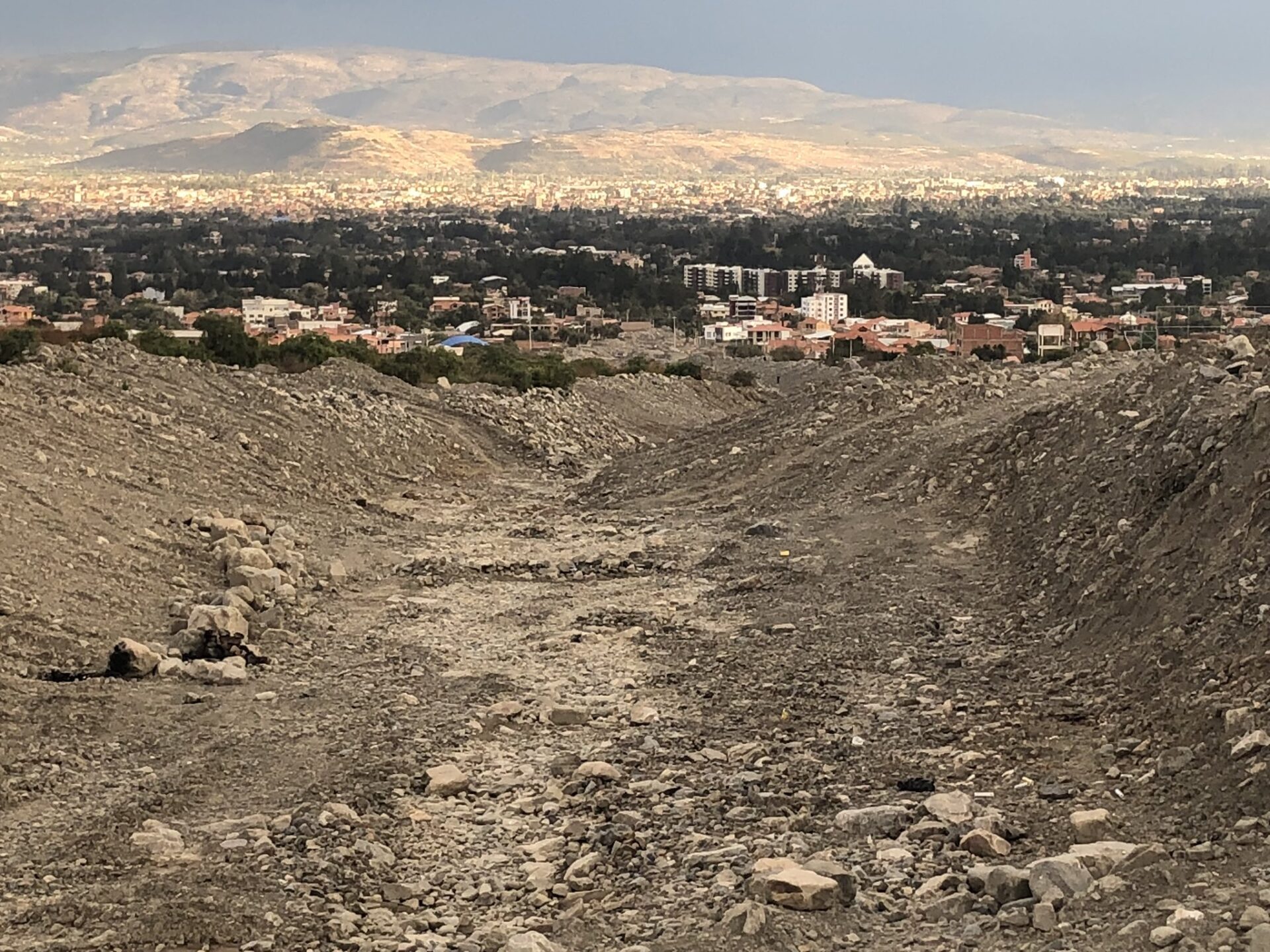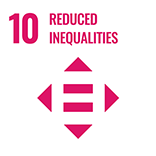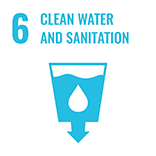Climate Resilience – Integrated Basin Management in the Rio Grande river basin, Bolivia.

Summary
This project, part of the Strategic Program for Climate Resilience (SPCR), aims to improve climate resilience in the Rio Grande river basin, Bolivia, through strengthening of institutional and technical capacities, and implementation of sub-projects throughout the basin.
Given its geographical location and high levels of poverty, Bolivia is a country particularly vulnerable to the effects of the ongoing climate change. Increased mean temperatures are, among other, exacerbating the impacts on hydrological cycles, causing at the same time negative consequences for the ecosystems, economy and population’s wellbeing.
To address this problem, the Strategic Program for Climate Resilience (SPCR), a large program from which this solution is part, outlines the government’s long-term vision to achieve a climate resilient development trajectory. The SPCR was endorsed by the Climate Investment Funds (CIF) Pilot Program for Climate Resilience (PPCR) committee in November 2011. The CIF further provided funding for the implementation of the PPCR, with financing and implementation supported by the World Bank.
The objective of the project is to support the implementation of Bolivia’s Strategic Program for Climate Resilience by strengthening institutional capacity to define the new integrated river basin management approach to climate change adaptation and supporting its implementation in the Rio Grande basin.Specific objectives include:
- Strengthening national capacity for climate change adaptation. To be achieved through reinforcement of the National Climate and Water Information System, the integration of climate change resilience considerations into selected national planning and investment tools, and by providing Project Management Support, SPCR Coordination and Knowledge Management.
- Strengthening capacity for adaptation to climate change in the Rio Grande river basin. Including the strengthening of institutions responsible for integrated, participatory, basin-scale, climate change adaptation planning and management, the reinforcement of basin water and climate information systems for three pilot-sub-basins, and the formulation of
- Climate resilient river basin management plans in those pilot sub-basins.
- Design and implementation of subprojects that improve climate resilience in the Rio Grande river basin. This will include financing pre-investment studies, including social and environmental safeguards, works, goods and services for the implementation of the subprojects, and the training of beneficiaries in charge of subprojects’ operation and maintenance.
Overview
- Location:
- Implementation sites:
- Single country
- Multiple locations
- Mountain region:
- Cochabamba Mountains
- Province:
- Cochabamba, Santa Cruz Departments
- Site locations:
Mizque sub-basin, Rocha basin, and Pirai sub-basin. All in the Rio Grande river basin.
- Solution scale:
- Ecosystem type(s):
- Solution type(s):
- Sector(s):
- Climate impact(s) addressed:
- Impact time-scales:
- Co-benefits:
- Implementation timeline:
- 2014 - 2020
Solution details
Main beneficiaries & outcomes
Direct beneficiaries are government institutions, farmers (including indigenous communities), habitants affected by droughts and water scarcity, population and private institutions that may be affected by flood events. In this case, the poorest households are possibly benefiting the most as they are commonly located in areas prone to flood and drought events and less resilient.
Likewise, academia and a range of different sectors are largely benefiting from the improved water and climate information system.
Planning and implementation
The Project’s development of the River Basin Plans was highly participative, paying close attention to foster the participation of women and indigenous people.
The Pilot Program for climate Resilience (PPCR) Coordination Unit, along with the Ministry of Planning (MOP) and Ministry of Environment and Water (MMAyA) were responsible for the overall program and project coordination, evaluation and monitoring, knowledge generation and dissemination with regard to climate change adaptation approaches. However, the National Service of Meteorology and Hydrology, the National Fund for Productive and Social Investment, and the Departmental River Basin Service were also responsible for the implementation of some of the sub-components.
Prior to implementation, feasibility studies, including safeguards were elaborated. Furthermore, the project preparation was carried out in close cooperation with development partners, including IDB and the Group of Development Partners was constituted by: German Technical cooperation agency (GIZ), Swiss Cooperation Agency (COSUDE), Japan International Cooperation Agency (JICA), United Kingdom, UN Agencies (UNDP, WFP), Belgium Int. Cooperation, Italian Int. Cooperation Agency and Denmark Int. Cooperation Agency.
Finance
The total project cost amounted to $45 million, $36 million of which financed by a credit and $ 9 million financed by a grant from the CIF’s Strategic Climate Fund. There was also a counterpart contribution from national, regional and local government (final financial reporting an auditing not available at the time of drafting this summary).
Innovation
This solution was characterized by new innovative approaches to build resilience to climate change, that despite being used in other countries before, this was the first time that they were tested in Bolivia. This included:
- A new approach of integrated, participatory, basin-scale, climate change adaptation planning to support the formulation of river basin management plans, as well as a new process regarding the design of hydraulic and irrigation infrastructure.
- The production of several technical documents among which: guidelines on river basin planning focusing on CC, guidelines for the design of hydraulic and irrigation infrastructure with consideration of CC, and a technical note regarding the strengthening of SENAMHI. Additionally, a new platform for dissemination of hydro meteorological and climatic information was developed, and a geodatabase was created to collect the available information.
- Developing or strengthening of early warning systems, drought control and prevention systems and a meteorological network.
Performance evaluation
The PPCR Coordination Unit was responsible for the project’s monitoring and evaluation. Moreover, the Ministry of Planning, as the main counterpart of the World Bank in Bolivia, had a special role in ensuring that the project met its objectives. US$500.000 were earmarked as part of one of the project’s components for monitoring and evaluation purposes. A mid-term review and a final evaluation were conducted. Finally, a results framework was developed considering indicators to monitor the overall performance. Indicators included:
- Adoption by the government of an integrated river basin planning methodology that includes climate change.
- Number of tools developed by the PPCR for CC adaptation, used by government institutions.
- Availability and adequacy of timely and reliable hydro-meteorological data, forecasts and climate change related studies measured through the increase in target user’s satisfaction
- Number of pilot sub-basins where an Integrated River basin management system focused on improving climate resilience is operational
- Direct project beneficiaries
Long term project sustainability and maintenance
Maintenance works and costs were considered in one of the components of the project. For this purpose, technical assistance/training of the entities in charge of subprojects maintenance were provided and financed by Climate Investment Funds (CIF).
Both the plan and the subprojects were subjected to environmental assessments, and environmental management plans were required as part of the compliance with World Bank safeguards policies for the implementation of individual investment projects
Capacities for design and implementation
Knowledge
Knowledge generation was a key element of the project planning and implementation. During the preparation process, the provision of technical support by partners like the German Technical Cooperation Agency, who assisted with technical advice in the development of tools for climate change adaptation, was fundamental.
In addition, the project itself had the objective to increase knowledge and technical capabilities of beneficiaries. This is the case of the technical assistance and training provided to the Ministry of Environment and Water (MMAyA) to better incorporate climate change adaptation in development, planning, and investment activities.
Technology
Technology had a relevant role mainly for the achievement of the project’s objectives. Technology capacities from implementers were necessary for the design of the climate and water information systems as it focused, among other things, on good data capture, real-time control, modelling of extreme events and impact areas and evacuation plans.
Political / Legal
Several political factors were critical for the implementation and sustainability of the project’s objectives. First, the project implementation in the sub-basins relied on regional institutions with legal mandate for river basin management in their jurisdiction, and that were considered institutionally stable. Furthermore, reporting directly to the Minister of Environment and Water gave this project significant political support.
Procurement capacity was also strengthened as part of the project. This kind of procurement capacity building is part of the support the World Bank provides to its clients continuously during preparation and implementation of projects.
The Strategic Program for Climate Resilience (SPCR), of which this project is part, outlines the Government’s long-term vision to achieve a climate resilient development trajectory.
Institutional
Institutional capacities were since the first instance a priority for the solution. This is reflected in the project’s objective to strengthen institutional capacities for a better approach towards climate resilience and adaptation planning and management. However, the project risk for procurement was initially considered high due to weak institutional and procurement capacities. Therefore, improvements on institutional capacity were closely monitored.
Socio-cultural
The project was intended to be highly participative, paying close attention to foster the participation of women and indigenous people.
Through stakeholder consultations and engagement, the project planned to foster inclusive and participatory approaches and ensure buy-in from various groups early on. It interacted with multiple key actors and stakeholders in different ways according to the local context in each of the program’s sites. In the case of the Mizque and Rocha River, the project interacted with different kinds of public and private organizations, including community based organizations and farmer associations.
The basin planning methodology included a stakeholder analysis and the development of a communication strategy to insure that all categories of stakeholders have the opportunity to participate (including women and other vulnerable groups). In all river basins (Rocha, Mizque, Arque-Tapacari), stakeholder platforms were established that included all relevant stakeholders for the basin plan development. Via this platform, consultations were carried out.
Outlook & Scalability
Barriers and adverse effects
One of the main barriers of the project was the weak institutional environment, however, this problem is tackled by the implementation of efficient capacity building activities, and the close monitoring of the improvements in this area. Likewise, weak financial management capacities also presented a risk for the implementation of the solution. In this case, some mitigation measures were put in place. However, since neither the evaluation nor the final report has yet been published, it is not yet known whether the obstacles were successfully overcome.
Regarding possible side/ adverse effects, the project was considered to have some potential adverse environmental impacts on human populations or environmentally important areas. However, those were categorized as site-specific, reversible, and possible to mitigate. For this purpose, an Environmental Assessment, natural habitats, physical cultural resources, forest, safety dams and pest management safeguards were activated. An Environmental Management Assessment (EMF) was also prepared by the borrower and consulted and reviewed by the World Bank. The EMF considered systematic supervision, technical assistance, and strengthening of capacities to manage environmental safeguards appropriately.
Transformation and future outlook
The solution supports fundamental change in climate change adaptation mainly through the strengthening of management capacities and knowledge. By incorporating climate change adaptation measures in the future development of plans and investment activities, the country has the opportunity to improve its adaptation capacities, especially when it comes to the management of water resources and information.
Potential for upscaling and replication
The replication of this solution in other sub-basins is planned in the medium and long term. For this, learnings from the pilot project, as well as the methodology and guidelines developed for climate-resilient investment planning and subproject design, will serve as an example.
Moreover, past experiences have shown that to have better chances of success, it is important to rely on an administratively autonomous project implementation unit reporting directly to a Minister, and to rely on the participation of existing technical organizations. Likewise, international good practices and experiences in the country show that strong ownership of subprojects is essential to guarantee long-term sustainability and that sufficient training should be provided to organizations in charge of their management.
This solution is part of the Pilot Program for Climate Resilience, a key part of the World Bank’s support to Bolivia for adapting to climate change.
Finally
Acknowledgments
This survey was elaborated based on the official project’s documentation available through the Climate Investment Fund website. Findings contained in the “Building transformative institutional adaptive capacity: Assessing potential contribution of PPCR to build a climate-resilient water governance framework in Bolivia” report created in collaboration with the Inter-American Development Bank (IDB), the Climate Investment Funds, and the University of Geneva were also employed. The solution description reflects the authors’ views and not those of the IDB or collaborators. Julia Aguilera Rodriguez filled in the information, while Simon Allen revised the solution description.
Contacts of key institutional partners involved with the solution planning and implementation
Coordinator for PPCR Bolivia : Alfred Grunwaldt ([email protected])
Key references/links
Allen, S., Iwanciw, J. G., Rodriguez, L., Stoffel, M., Grünwaldt, A., Brusa, F., & Bocco, M. J. (2020). Building transformative institutional adaptive capacity: Assessing potential contribution of PPCR to build a climate-resilient water governance framework in Bolivia. (p. 99). Inter-American Development Bank. http://dx.doi.org/10.18235/0002226
World Bank. (n.d.). Cover Page for Project/Program Approval Request (p. 5) [Program Approval Request]. World Bank. https://pubdocs.worldbank.org/en/664281531529071020/2000-XPCRBO008A-Bolivia-Cover-Page.pdf
World Bank. (2021a). Development Projects: Bolivia Climate Resilience – Integrated Basin Management – P129640 [Text/HTML]. World Bank. https://projects.worldbank.org/en/projects-operations/project-detail/P129640
World Bank. (2021b). Project appraisal document (Project Appraisal Document No. 69803-BO; p. 74). World Bank. https://pubdocs.worldbank.org/en/686491531529075573/2000-XPCRBO008A-Bolivia-PID.pdf










(0) Comments
There is no content